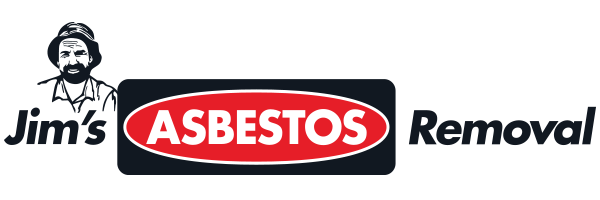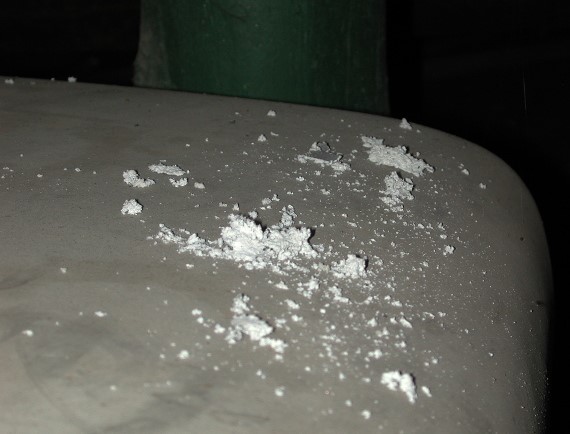The Difference Between Friable and Non-Friable Asbestos
Asbestos has been a banned material in Australia since 1991. This naturally occurring fibrous mineral, which used to be a common component of a vast range of building materials due to its ability to withstand decay, erosion and heat, has been revealed to be incredibly harmful and can lead to grave respiratory ailments that can lead to death.
Asbestos fibres, when they become airborne, can be inhaled, and some types do not dissolve in the lungs for a lifetime, creating damage to the organ as well as serious complications.
There are two classifications for asbestos in building materials: friable and non-friable asbestos.
Friable asbestos was mostly used in industrial applications in Australia. The products included asbestos cloth, rope, pipe lagging and sprayed limpet. Friable asbestos is the dangerous kind because it came in powder form and solid form that can get crumbled or pulverised when dry; this means people can inhale it and asbestos will settle in the lungs. Therefore, friable asbestos has to be removed, and removed only by licensed asbestos removalists with a current friable asbestos licence.
Non-friable asbestos is any material that contains asbestos that cannot be reduced to powder by hand when dry. The most common building materials that contain non-friable asbestos are cement sheets, plumbing pipes and floor tiles. Now, here’s the thing about non-friable asbestos: While it cannot be pulverised by hand pressure when dry, water blasting and drilling definitely can do the job. Therefore, from being non-friable, it can actually transform into friable asbestos. The risks are still the same, and so many choose to remove and replace those old building materials with non-friable asbestos to prevent disaster from striking and non-friable asbestos from transforming into the friable kind.
In Australia, most people would rather not deal with asbestos issues. This is why homes and buildings that were built before the ‘90s automatically get tested, especially if they’re going to be purchased. Licenced asbestos assessors and inspectors are hired to conduct air testing and they also secure samples at times to be examined at a NATA certified laboratory.
If test results reveal asbestos in various building components, removal typically follows, regardless of whether the asbestos present is friable or non-friable. Asbestos removal is done according to the standards set by various authorities to ensure complete safety. Licensed removalists need to be hired for the task because not only do they know the process thoroughly, but they also have the proper techniques and all the necessary special equipment for the job. Most importantly, they help in getting all the required permits for removal to be carried out smoothly.
Call Jim’s Asbestos Removal on 131 546 or book online now for your free no-obligation quote!



